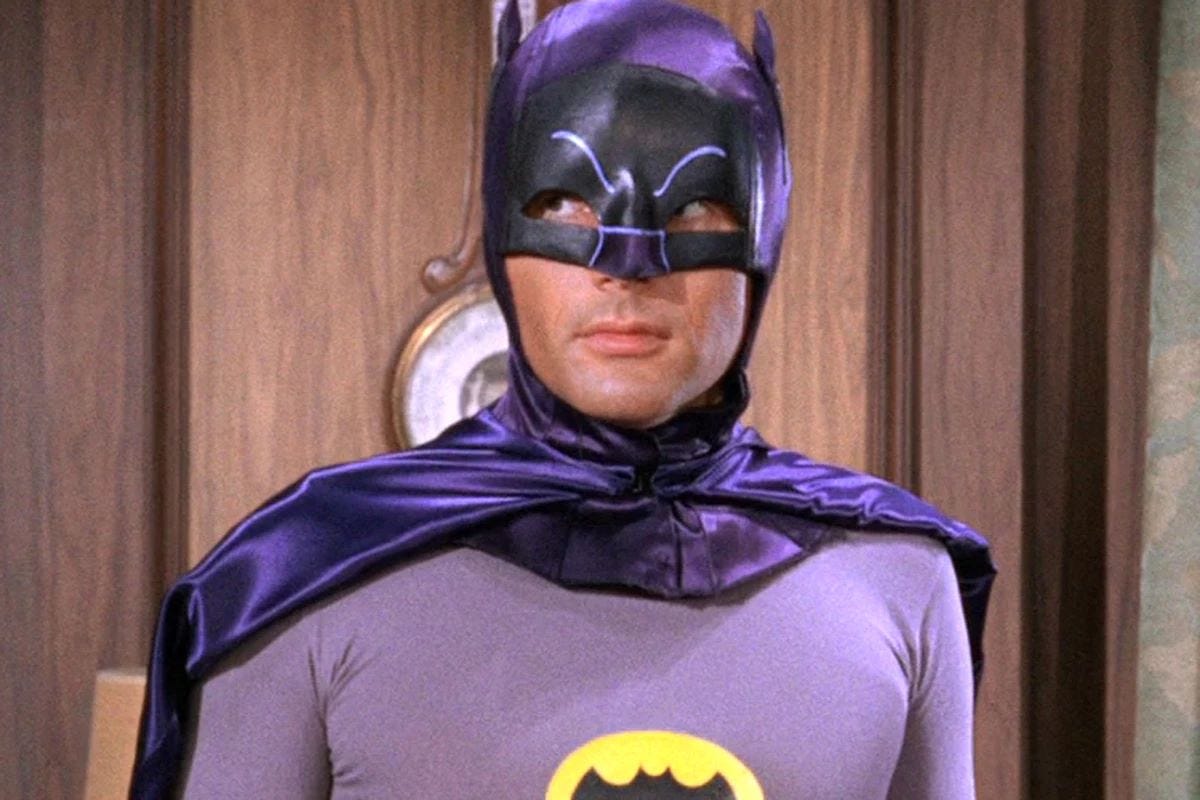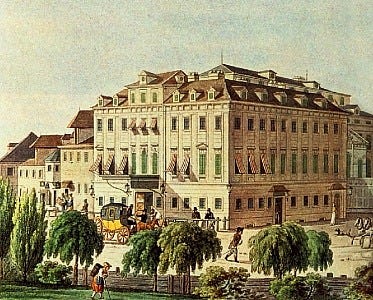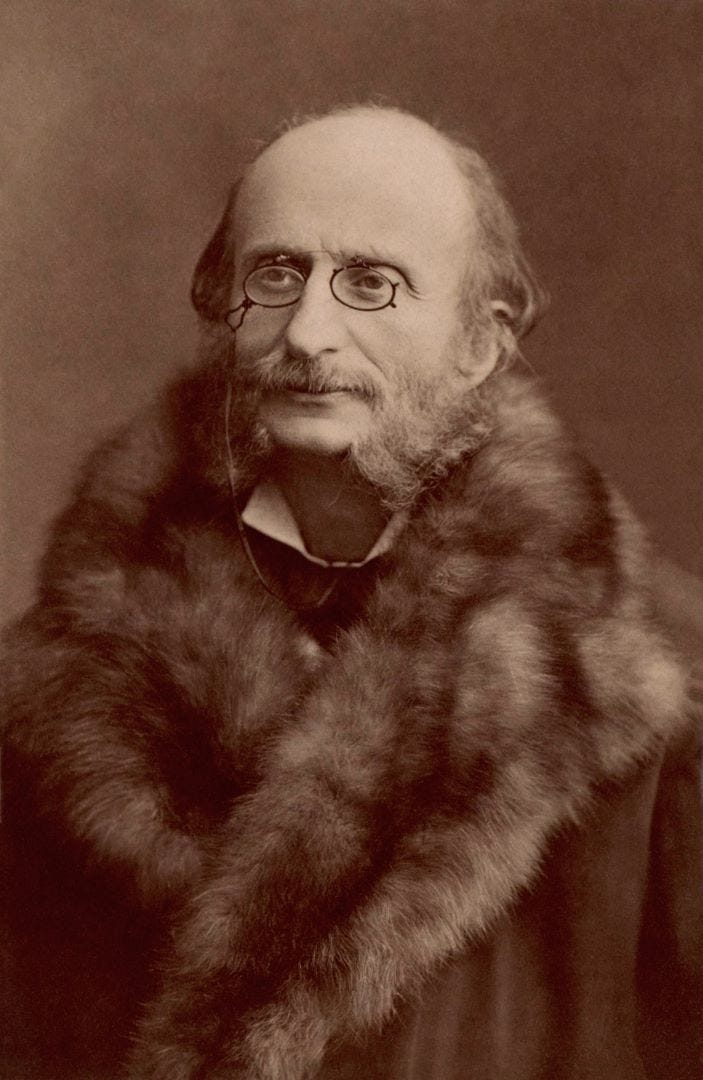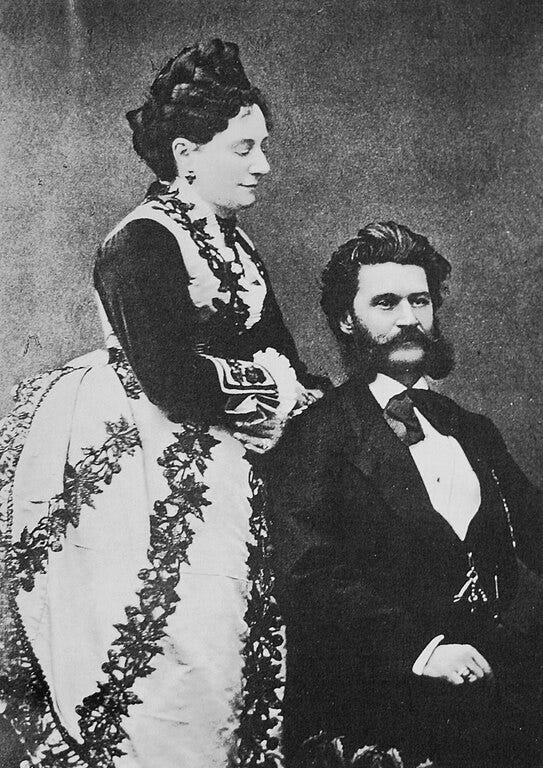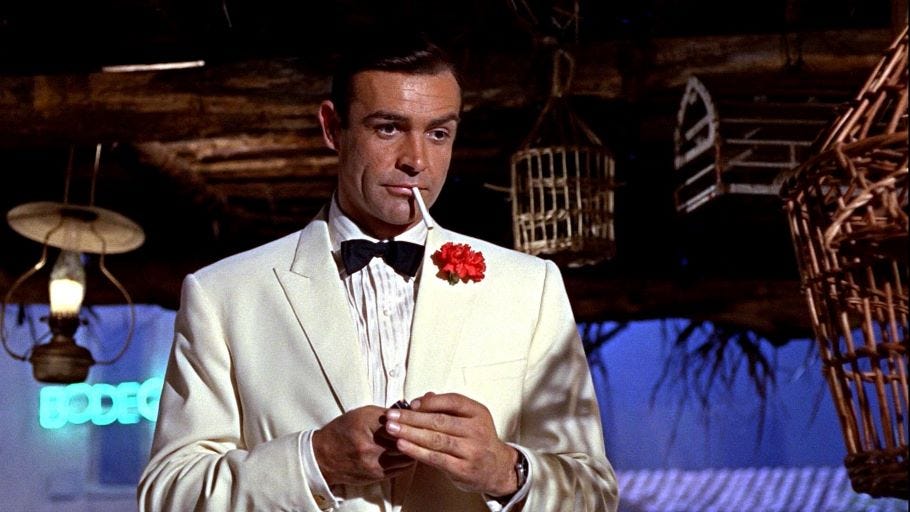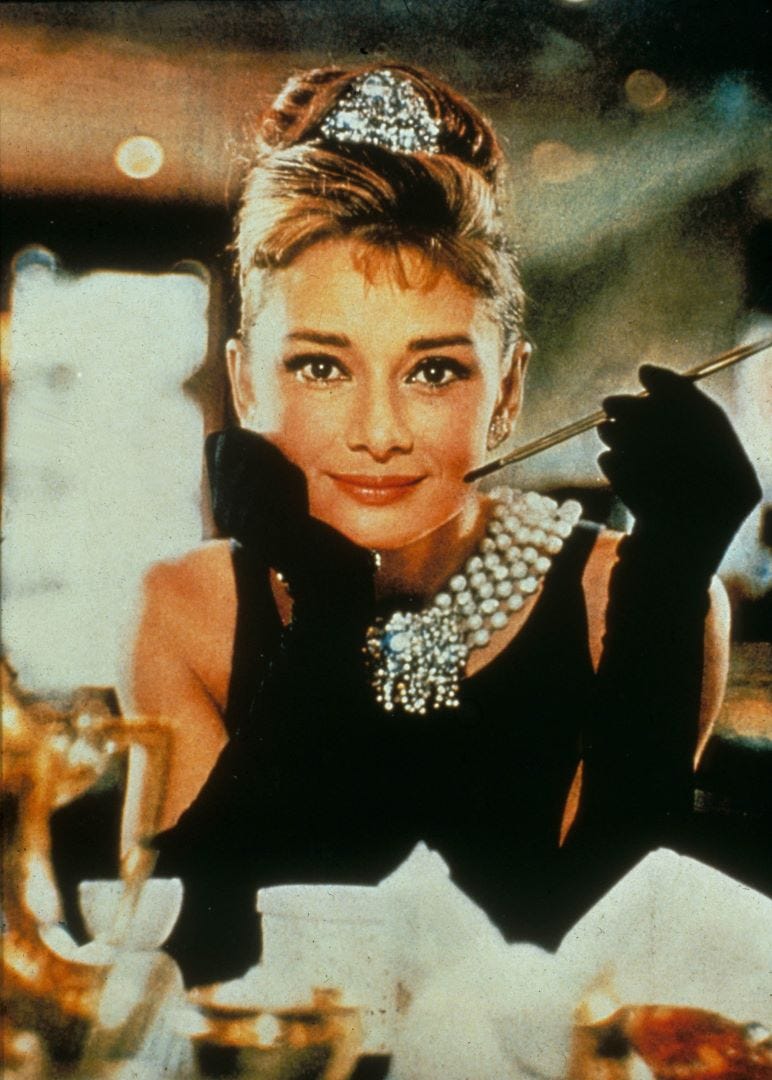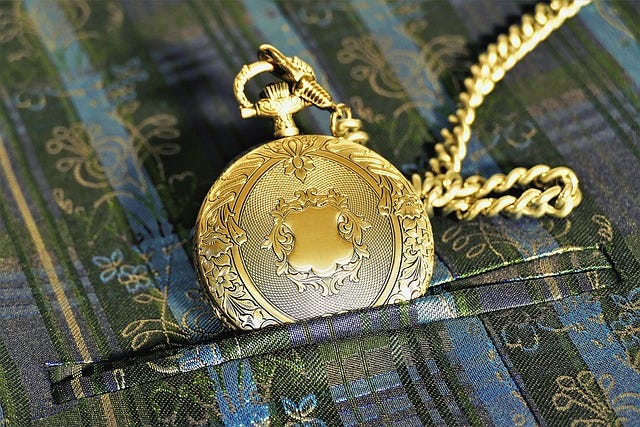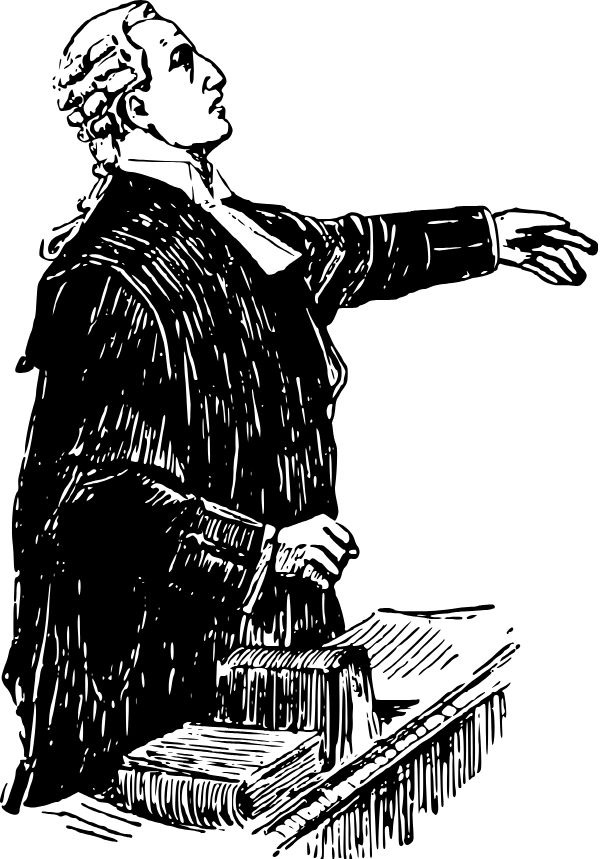The Plot Unmasked: Pranks and Revelry in Die Fledermaus
You can also download the podcast on all major platforms including Apple Podcasts and Spotify.
Pranking, or playing a trick on a friend or colleague with lighthearted intent, has a long history in popular culture. If you’ve ever pranked a friend, you’re in good company!
Mozart, known for his mischievous side, once composed a piece entitled “A Musical Joke” full of dissonance and mistakes, and designed to poke fun at the incompetence of certain musicians.
Of course Shakespeare famously relied on trickery and disguise as plot devices in many of his plays such as Much Ado About Nothing, and A Midsummer Night’s Dream where pranks and deception are used to trick other characters into believing or disclosing hidden or mis-information.
And pranking is practically an institution in today’s popular culture whether it be Jim performing elaborate hoaxes on his gullible office mate, Dwight in The Office…
Or secretive graffiti artist Banksy who sold his piece Girl with a Balloon at Sotheby’s for one million dollars, only to have it destroyed by a secret shredder hidden in the frame moments after it sold.
Pranking has a long history indeed of providing excellent material for stories.
Which brings us to Die Fledermaus, Johann Strauss II’s beloved operetta which relies almost entirely on a series of pranks, trickery and disguise as plot devices to illuminate the themes of revenge, love, friendship, and forgiveness and reconciliation.
When the operetta opens, it’s 1967 and we are introduced to the character of Gabriel Von Eisenstein, a wealthy man and friend of Dr Falke.
We soon learn that two years before our story begins, Eisenstein left his friend Falke drunk, alone, and dressed as a bat in the centre of town after a night of drinking at a costume party.
Falke was forced to walk home in the morning hungover and in costume, a laughingstock of the town. It’s how he earned the nickname Dr. Bat, or Die Fledermaus.
Desperate to get his revenge, Falke plans a convoluted hoax to publicly humiliate von Eisenstein as he was humiliated himself.
And now the stage is set for three acts of hilarity, madcap action, mistaken identity and farcical misunderstanding all of which begins with Falke convincing Eisenstein, who has been sentenced to eight days in jail for an incident that may or may not have involved assaulting a police officer, to delay presenting himself at jail by one day so that he can attend a Hollywood themed party at the private cinema of Falke’s friend, Prince Orlofsky.
And you’re right - there were no cinemas or Hollywood when Strauss composed this operetta, which premiered in 1874 at the Theatre an der Wien in Vienna.
The libretto, written by Karl Haffner and Richard Genée, set the operetta at the palatial home of Prince Orlofsky, and guests were invited to a masquerade ball, rather than a movie-themed rager.
But that’s the beauty of a good operetta - the themes are timeless and work just as well set in 1967 as they did 100 years earlier in Vienna.
When the younger Strauss II composed Die Fledermaus, he was living in Vienna: the cultural and musical capital of what was then known as the Austro-Hungarian Empire, known today as Austria. Born there in 1825, Strauss spent most of his life in Vienna and it was here that he composed the majority of his nearly 600 works.
After his father, Johann Strauss I, also an accomplished composer, passed away in 1849, the younger Johann Strauss took over his father’s very popular Strauss Orchestra. It wasn't long before he had cemented his reputation as one of the best composers of dance music in Europe, earning the title “The Waltz King.”
Among his best known compositions are the instantly recognizable and inspired melodies of the Blue Danube Waltz,
the lively Pizzicato Polka,
and the rousing Radetsky March.
Among Strauss’ contemporaries was Jacques Offenbach, the German composer who revolutionized operetta by drawing on earlier iterations of the form, such as Italian Opera Buffa, French Opera Comique, and German Singspiel, to reinvent the operetta genre.
Strauss was deeply influenced by Offenbach’s work, particularly such deeply satirical works as Orpheus in the Underworld.
In composing Die Fledermaus, Strauss further refined Offenbach’s comedic elements and lively musical style to develop his own distinct brand of operetta.
Strauss was undoubtedly inspired by the many social events in Vienna similar to those in the operetta: masked balls, parties, concerts, and dances. It’s possible he also engaged in a bit of prankery with his many friends and acquaintances who also lived in the city, and perhaps even with one or all of his three wives.
When Die Fledermaus premiered on Easter Sunday in 1874, reception was mixed: critics felt it went too far, but audiences immediately warmed to the lighthearted and lively style and the operetta has been a regular part of the theatre's repertoire ever since. In fact Die Fledermaus remains one of the most performed operettas around the world to this day.
But back to the plot: It doesn't take much for Falke to convince Eisenstein to attend the fancy dress party. He doesn't even think twice about deceiving his wife as he leaves for prison dressed in fancy dress rather than more suitable jail attire.
But Falke’s plan isn’t that simple; there’s multiple layers to this prank and Falke has been planning this one for awhile. Let’s break it down.
First, Falke convinces Rosalinde, Eisenstein’s wife, also to attend the ball in disguise. Initially she refuses, but the chance to catch her husband flirting with other women is too great a draw and she agrees to go dressed as a Hungarian countess.
Then Adele, Rosalinde’s maid, receives an invitation (allegedly from her sister but we can guess who is behind this) to attend the ball. She is instructed to go in one of Rosalinde’s dresses no less, which she manages to do, disguised as Marilyn Monroe.
Meanwhile, Rosalinde has received a letter from her ex-lover, Alfred, who’s in town. She was planning on entertaining him while her husband was in jail but now, she’s had a better offer although there’s still time for some dinner with Alfred before the party, after Eisenstein leaves. But there’s more confusion ahead when Frank, the prison warden, and Frosch, the jailor, arrive looking for Eisenstein.
Frank also has plans to attend the party at Orlofsky's and wants to get Eisenstein in jail early so he can go out for the night. Too bad for Alfred whom Frank mistakes for Eisenstein and carts him off to jail. Well can we blame him? Who else would be having dinner with Eisenstein’s wife at their home?
Confused? Good - that’s all part of Strauss’s plan: you can’t resolve a story if there’s no conflict along the way. That Strauss chose to write Die Fledermaus as an operetta which allows for a combination of spoken dialogue, and musical numbers, much the way a musical does, certainly helps move the very complicated and layered plot along.
On to Act II, where we, the audience, now know much more than most of the characters. Except for Falke, of course, who has masterminded the whole intricate affair.
The masked ball at Orlofsky’s private cinema is well underway when next we see our friends Dr. Falke and also Eisenstein, (who is in double disguise as a French Marquis, Renard, dressed up as none other than James Bond) working the crowd.
Prince Orlofsky, the host, is in attendance with his femme fatale girlfriend, Ivania, who has no need to dress up as anything as she comes by it naturally. Adele meets up with her sister Ida, who is dressed as Audrey Hepburn from Breakfast at Tiffany’s and the two decide to present Adele as a Russian actress named Olga. More deception!
But Eisenstein spots Adele and immediately recognizes her, or thinks he does. She laughs him off and the two flirt with each other while Rosalinde/the Hungarian Countess who has recently made her entrance, looks on from under her disguise.
There’s a lot going on in Act 2, but Strauss makes use of two main devices that are worth our attention as they keep the audience from completely losing the plot:
Adele’s sneeze.
Eisenstein’s watch.
Now, earlier in the plot at the home of the Eisenstein’s, we are introduced to Adele’s sneeze when she brings down a load of old dusty clothes for Eisenstein to wear while he is in jail. It’s a signature sneeze - big and loud and not very ladylike. Unmistakeable.
Back at the ball we see Adele flirting with Frank, the prison warden, who has everyone fooled disguised as a wealthy patron of the arts, Le Chevalier.
But there's too much pepper or someone’s wearing too much cologne, and something makes Adele sneeze, and instantly her cover is, well, blown and she is recognized separately by both Rosalinde and Eisenstein. We’ll hear her sneeze again later.
Another essential element of Falke’s plan is Eisenstein’s watch: an expensive piece that he has used in the past to impress women.
Eisenstein doesn't disappoint when he pulls out the watch and uses it first on Ida, Adele’s sister, but quickly moves on to flirting with the new arrival at the party, his own wife Rosalinde, whom he does not recognize in her disguise as a Hungarian Countess. Rosalinde manages to talk Eisenstein out of the watch and pockets it in her dress. We’ll see the watch later, too.
Act 2 ends with the first of several drinking songs and we the audience leave our revellers to party on into the wee hours.
We catch up with them again the next morning at 6am at the local jail - a change in locale which allows the audience a slightly quieter place (except for Alfred who is somehow still drunk and singing his heart out) for the plot to unfold, and resolution to take place.
Frosch, the jailer, is drinking coffee and eating doughnuts, as Adele and Ida arrive outside the jail where they have followed Frank The Chevalier, still under the mistaken impression that he will lead them to fame and fortune. But the party’s over for Frank and he breaks it to them that he’s a prison warden, not a rich Frenchman.
Just then, Eisenstein arrives at the door to begin his jail term, apologising for being a few minutes late for his 6am check-in. Adele panics that her master will recognize her here and she’ll be out of a job so she hides under the desk.
But Eisenstein’s appearance causes more confusion for Frank and Frosch, who want to know who it was they picked up last night as it clearly wasn’t Eisenstein. Eisenstein wants to know too and when he realizes it was Alfred, he isn’t very happy with his wife. And on cue, Adele, who is still under the dusty desk, sneezes her signature sneeze to the great surprise of Eisenstein, who is starting to twig now that something fishy is going on.
While there is also much less deception and disguise in Act 3 in contrast to the two previous acts where duplicity abounds, our friends still have a few tricks up their sleeves.
Just at that moment the lawyer, Blind, arrives to get Alfred out of jail and Eisenstein takes one last chance with deception convincing Blind to hand over his lawyerly cloak and wig to Eisenstein so he can foil attempts to have Alfred released.
Then Rosalinde arrives and tells Alfred he must leave as her husband will be there soon, sooner than she thinks, as it turns out, as Eisenstein appears at that moment disguised as the lawyer. Rosalinde of course recognizes him instantly. Cue the giant eye roll.
Now, Eisenstein’s watch is about to make a second appearance -you know the one - from Act 2 that Eisenstein lost to the Hungarian Countess?
With perfect timing, Rosalinde produces the watch from her dress and Eisenstein knows the gig is up! He was duped! But he and Rosalinde reconcile after Eisenstein realizes that of all the guests at the party, he fell for his own wife. Love and forgiveness rule the day.
And now, finally, all the masks have dropped, as Falke says. His revenge is complete. And the audience are rewarded with forgiveness and compassion all round.
The final act ends with a rousing rendition of the Champagne Song and it seems the party continues, even in jail. In the case of Die Fledermaus, it is the champagne, not revenge, that is best served cold. And lots of it!
And there we have it! The Plot Unmasked: written and narrated by Jane Potter, with additional voices from Bryan Tran, and produced and edited by Mack McGillivray. Die Fledermaus runs from October 26th to November 3rd at the Queen Elizabeth Theatre. To find tickets and information on our 65th, visit VancouverOpera.ca. This season’s celebrations will continue with our second opera, one of the great contemporary works, Jonathon Dove’s Flight, from February 8th to 16th. Finally we close out with Puccini’s masterpiece Madama Butterfly, from April 26th to May 4th. Thanks so much for listening and I’ll see you at the opera.
Jane Potter - Writer and Narrator
Jane holds an MA in Critical and Creative writing from the University of Gloucestershire, and loves telling stories in all forms: She lives in Victoria, and when she isn’t busy reading and writing, she can be found running a small business, baking in the kitchen, or weeding the garden.
Ashley Daniel Foot - Host of Inside Vancouver Opera
Ashley is Vancouver Opera’s Director of Engagement and Civic Practice and host of Inside Vancouver Opera. Boundlessly creative and fascinated by the way that art is created and presented, Ashley has guided arts organizations across Canada to craft messages and tell unique stories.
Mack McGillivray - Audio Producer and Editor
Mack is an audio producer, creating shows for radio and podcast. He is passionate about cultivating local community and a lifelong lover of opera.
Bryan Tran - Miscellaneous Voices
Bryan is an alum of the Opera Experience program at Vancouver Opera and is currently training in theatre production.




